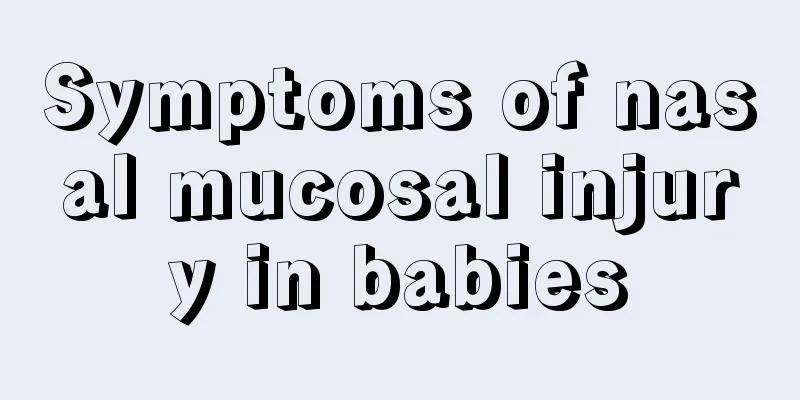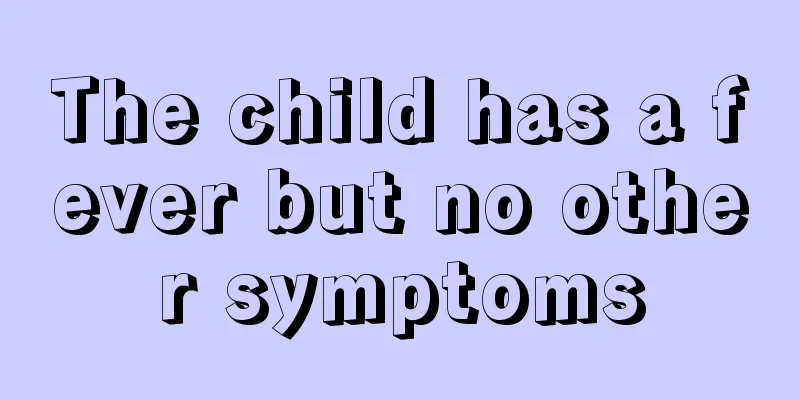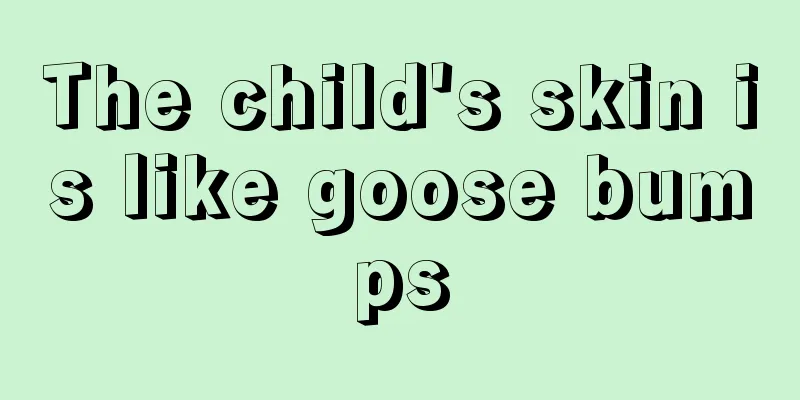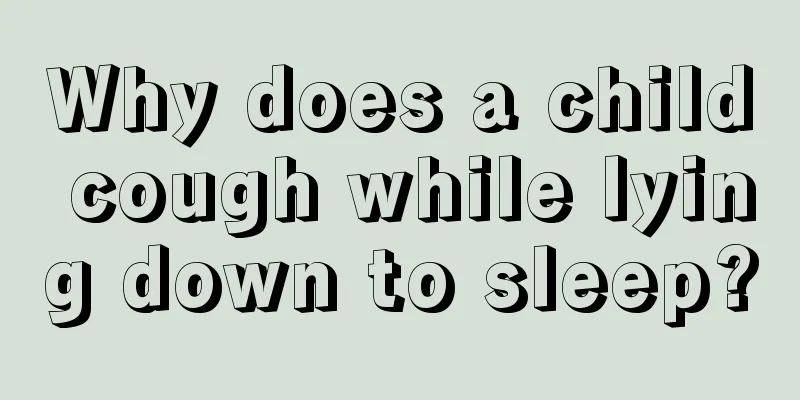Children swallow plastic
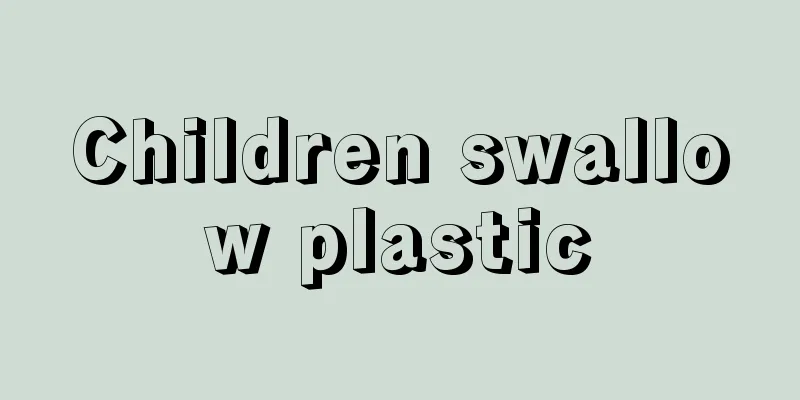
|
Children's bowls are more focused, and they usually play with everything in them. Some children even put everything in their mouths to taste it. Some children will put something in their mouths when they cannot be supervised at home. Therefore, parents must always take good care of their children. For example, if children come into contact with plastic, they are likely to eat it directly. Let’s take a look at what to do if a child accidentally swallows plastic? Plastics are mainly composed of polypropylene, pt, polyethylene and other ingredients, which will not cause harm to the human body. However, in the process of manufacturing plastic bottles, fillers and plasticizers are generally added to make them take shape quickly. The material is composed of large molecules and small molecules. The small molecules have very strong activity. After contacting with hot water, they will quickly dissolve into the water. Drinking this water will cause harm to the human body, especially some plastics with poor ingredients, which are more harmful to the human body. Once toxic chemicals enter the human body, they slowly seep into the bloodstream and symptoms quickly appear. If this continues for a long time, it will seriously harm the human body. ▲Food and medicine should be placed separately, and medicine should be placed high up so that the baby cannot touch it. If the medicine is in a bottle, you should choose a switch design that is difficult for babies to open. ▲The name of the medicine should be on the outer packaging. If the baby accidentally swallows it, at least you will know what medicine he has swallowed. ▲Try not to take medicine in front of your baby, so that he doesn’t mistakenly think that the medicine can be taken at will. ▲Don’t call oral syrup medicines "sugar water" to prevent your baby from drinking it as sugar water. Swallowed a pointy object If the swallowed foreign body is an angular or sharp object, such as a nail, pin, or small fork, it may injure the oral cavity, esophageal or gastric mucosa, or get stuck somewhere in the digestive tract. Therefore, once discovered, parents must send the baby to the hospital immediately. Never give your baby laxatives; they are useless and may be harmful. For example, foreign objects such as paper clips may get hooked on the intestinal wall and even cause intestinal peristalsis if the drug accelerates intestinal peristalsis. Tips from Mom ▲Don’t place dangerous pointed objects where babies can easily touch them. ▲When eating fish, pick out the fish bones or give your baby fish balls to prevent the fish bones from entering the baby's digestive tract. ▲Be sure to remove the pits before eating dates. Some date pits have sharp ends, and swallowing them accidentally may damage the gastrointestinal tract. Swallowed a round object What the baby swallows is a smooth, thorn-free object. The baby usually remains relatively quiet, without crying, vomiting or other painful expressions. The foreign body can go directly into the stomach and be excreted from the body along with the feces. At this time, you should give your baby more coarse and long-fiber vegetables, such as leeks, celery, and spinach, to help wrap up foreign objects and defecate as soon as possible. Generally speaking, foreign objects can be excreted along with stool within 1 to 2 days. If it is buttons, coins or other objects, parents should use a small stick to move the stool after the baby has a bowel movement to check whether there is any foreign object. If the foreign body is not expelled after 3 days, you should go to the hospital for treatment. ▲Choose suitable toys for your baby and avoid giving him toys that can be easily disassembled into small pieces. Some toys are marked as not suitable for babies under 3 years old, so be careful when buying toys. ▲After swallowing a foreign object, if the baby has symptoms such as abdominal pain, vomiting blood, black stools or even bloody stools, it means that there is serious damage to the digestive tract and the baby must go to the hospital for treatment in time. Swallowed the desiccant The mother needs to make a preliminary judgment on which type of bite the baby is experiencing. There are roughly four types of food desiccants on the market: one is transparent silica gel, which is non-toxic and does not require any treatment if accidentally ingested; another is ferric oxide, which is brown and slightly irritating; there are also two white powders, one is calcium chloride, which is only slightly irritating; the other is calcium oxide, which is commonly known as quicklime, which is a white or grayish white block that has a strong ability to absorb moisture in the air. When calcium oxide comes into contact with water and turns into calcium hydroxide, it releases heat and can burn people's eyes, mouth or esophagus. At the same time, calcium hydroxide is alkaline and corrosive to the oropharynx and esophagus; if it splashes into the eyes, it can cause damage to the conjunctiva and cornea. Since lime desiccant has a relatively low cost and good and long-lasting moisture absorption rate, it is widely used in the packaging of children's food with high dryness requirements, such as seaweed, rice crackers, candy, and dried fish. If it is silicone, no treatment is required. If it is something else, take the desiccant bag and take your baby to see a doctor. Never give your baby milk or water if you are not sure what the ingredients are. Swallowed the gum Most of the gum contained in chewing gum cannot be digested. The inner wall of the human stomach and intestine is very smooth and secretes a large amount of mucus. It is impossible for the chewing gum to get stuck. After swallowing it, if it cannot be digested, it will be automatically excreted from the stomach. Eat more crude fiber foods, such as fennel, leek, etc. to stimulate intestinal peristalsis. Tips for beautiful mothers ▲ Parents should avoid their babies when chewing gum, and only let their babies try it when they are over 5 years old. ▲Keep chewing gum out of the baby’s reach. |
<<: What are the dangers of children snoring at night?
Recommend
Can herpes be passed on to children?
Herpes is a disease caused by a virus of the herp...
Why does my baby always wake up during sleep at night?
It is not easy to take care of a baby when he is ...
What should I do if my baby has a low fever of 38 degrees?
When the baby has a low fever of 38 degrees, the ...
There are some tips for babies to stay in bed
As the weather gets colder, it becomes more diffi...
Why do children's teeth turn yellow?
We all know that having white teeth can make our ...
How should students prevent cervical spondylosis?
Nowadays, since most people seldom exercise while...
What are the developmental standards for 1-year-old babies?
The growth and development of the baby is what pa...
What are the recipes for 78-month-old babies?
When the baby is seven or eight months old, his b...
Will there be sequelae if the baby has a fever and convulsions?
What every parent is most worried about is their ...
How to adjust the baby's sleeping head shape
Generally speaking, the decisive period of a pers...
What can children eat to have smart brains?
Parents all hope that their children can be smart...
Why does a five-month-old baby have a poor appetite?
Every mother will pay special attention to her ch...
What causes convulsions in children?
The problem of children's convulsions makes m...
Treatment of molluscum contagiosum in children
The treatment of molluscum contagiosum in childre...
Why do newborns yawn all the time?
Yawning is a very common phenomenon. We yawn when...



